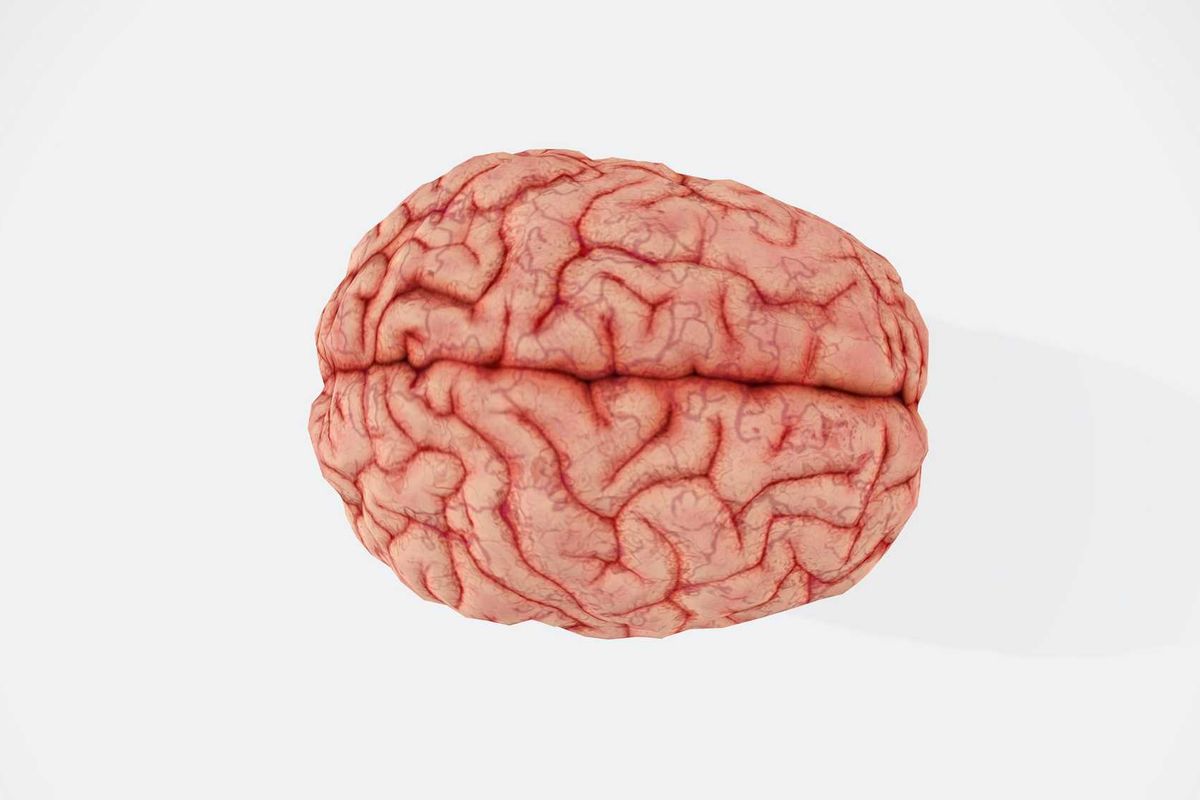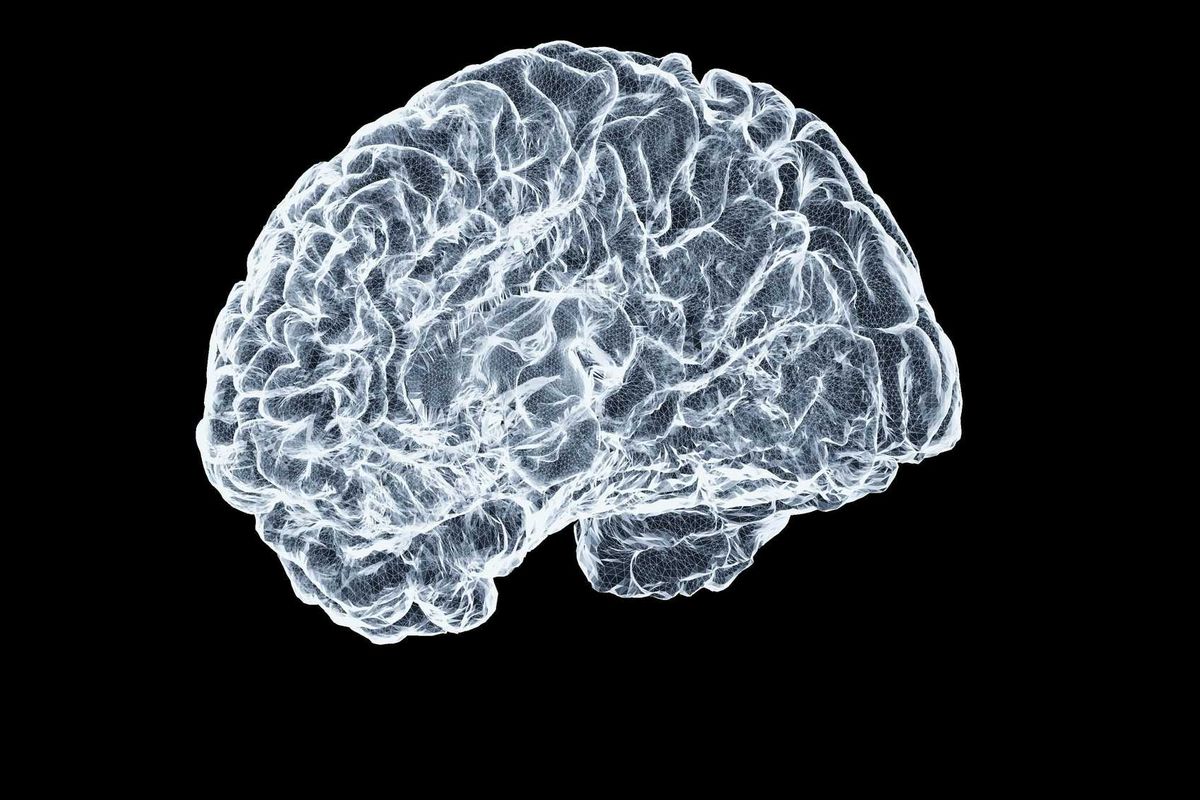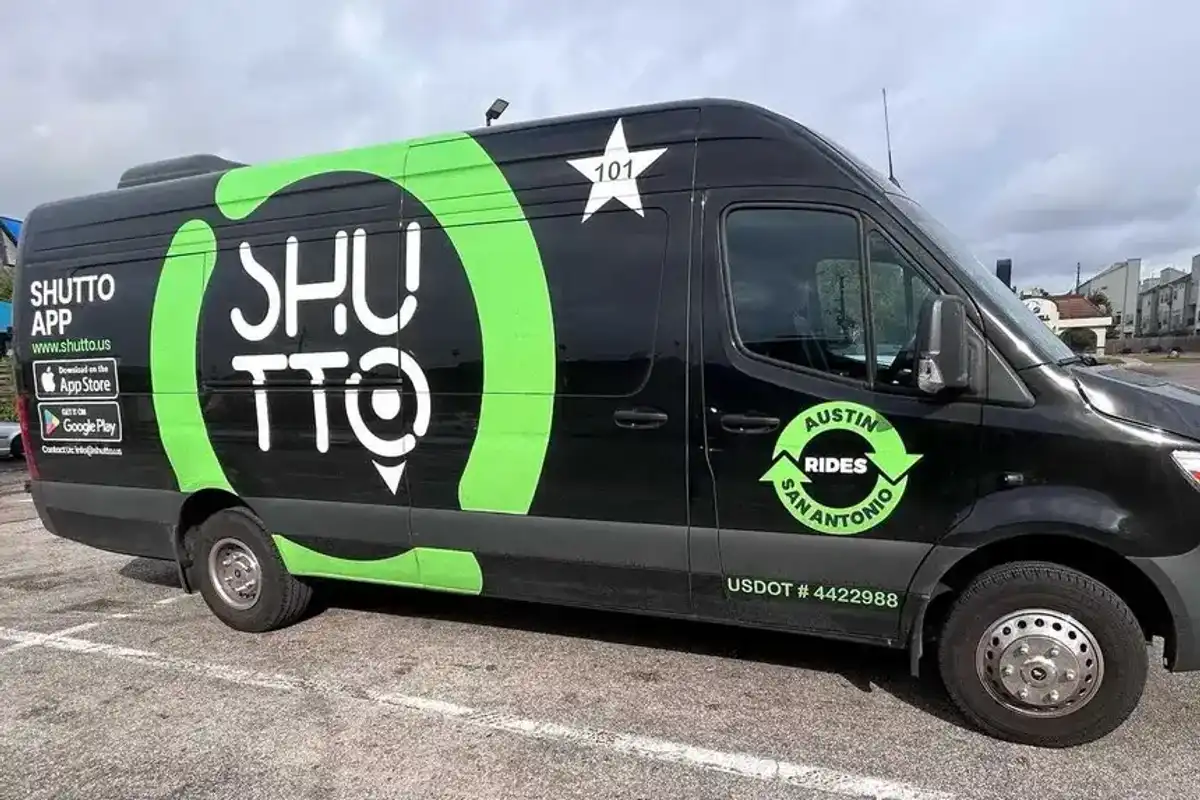Houston-based construction robotics startup raises $9.4M series A
money moves
A Houston robotics startup working in the commercial construction field has closed its latest round of funding.
Rugged Robotics Inc. announced last week that it's raised $9.4 million in its series A round led by BOLD Capital Partners and Brick & Mortar Ventures. Riot Ventures, Morpheus, and Embark — all investors in the company's 2019 seed round — also contributed, as did Consigli Construction Company and Suffolk Technologies. To date, Rugged Robotics has raised $12 million.
“We are thrilled to be part of the Rugged team,” says Maxx Bricklin, partner at BOLD Capital, in a news release. “We looked at a number of companies in the space and became convinced that the Rugged team, technology and partner ecosystem would allow Rugged to dominate and capitalize on this significant and disruptive market opportunity.”
The fresh capital, the company shares in the release, will go toward scaling operations, expanding offerings, and continuing research and development.
Founded in 2018 by construction industry veteran Derrick Morse and former NASA engineer Logan Farrell, Rugged Robotics's Mark 1 product is modernizing the construction industry. The robot addresses challenges of field layout with a “layout Roomba” that marks architectural and engineering designs directly onto unfinished concrete floors. The company's early customers include Consigli Construction Co, Suffolk Construction, and Brasfield & Gorrie.
“When Derrick and Logan first visited our office, they clearly understood the problems we face and immediately separated themselves from typical technology startups. Their focus on solving real-world problems resonates with us, and we jumped at the opportunity to engage with them,” says Mike Haseltine, vice president and head of operations at Consigli. “Seeing their robots, their layouts, and their impact is inspiring. They’ve built something that’s going to change how we build buildings.”
While the concept of an autonomous layout solution isn't new, the Rugged Robotics approach is different from the industry standard in that it has a self-contained system that "enables multi-rover deployments, one-time set-ups that span an entire floor, and print zones that extend around and behind obstructions like columns, stairs, and elevators," per the news release. The company offers its customers the technology as a layout-as-a-service model.
“We’re building better,” says Morse, who serves as CEO, in the release. “We set out to modernize the construction industry, and to build practical solutions that solve the pain points contractors struggle with every day. We believe that layout is the ideal starting point. Layout is the beachhead for construction automation. It sits at the intersection of the digital and physical world, solves a huge problem, and unlocks the ability to deploy robotics onto job sites in a very meaningful way.”
The company is growing its team, which has included the onboarding of Mason Markee, the former director of mechanical engineering of Auris Health, who joined Rugged Robotics as vice president of engineering. Prior to Auris, Markee spent eight years at NASA as a robotics engineer.
“Mason has 15 years of years of robotics experience," says Farrell, the company's CTO, in the release. "I knew him at NASA, and we’re delighted to have him onboard at Rugged. He brings tremendous experience to the table. He is familiar with the entire product life cycle, from concept generation to final commercial production. He’s seen scale, and we’re excited by the rapid growth his technical expertise and leadership experience enables.”
The company has five engineering positions listed on LinkedIn.





